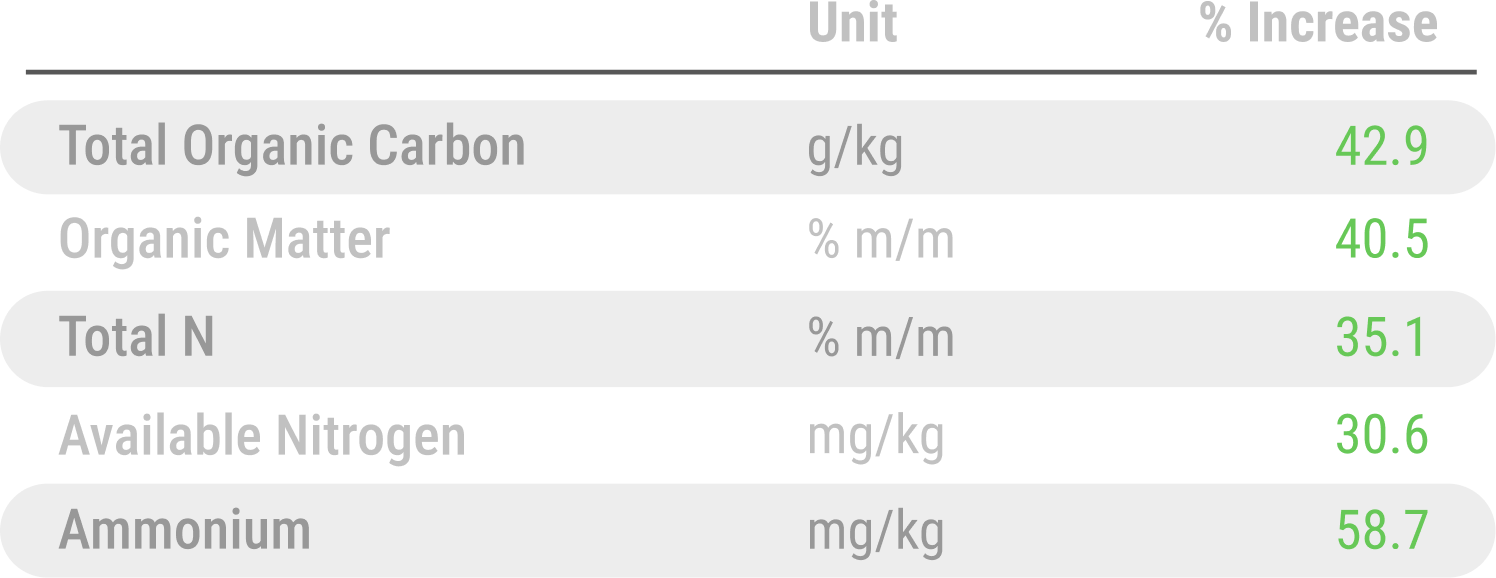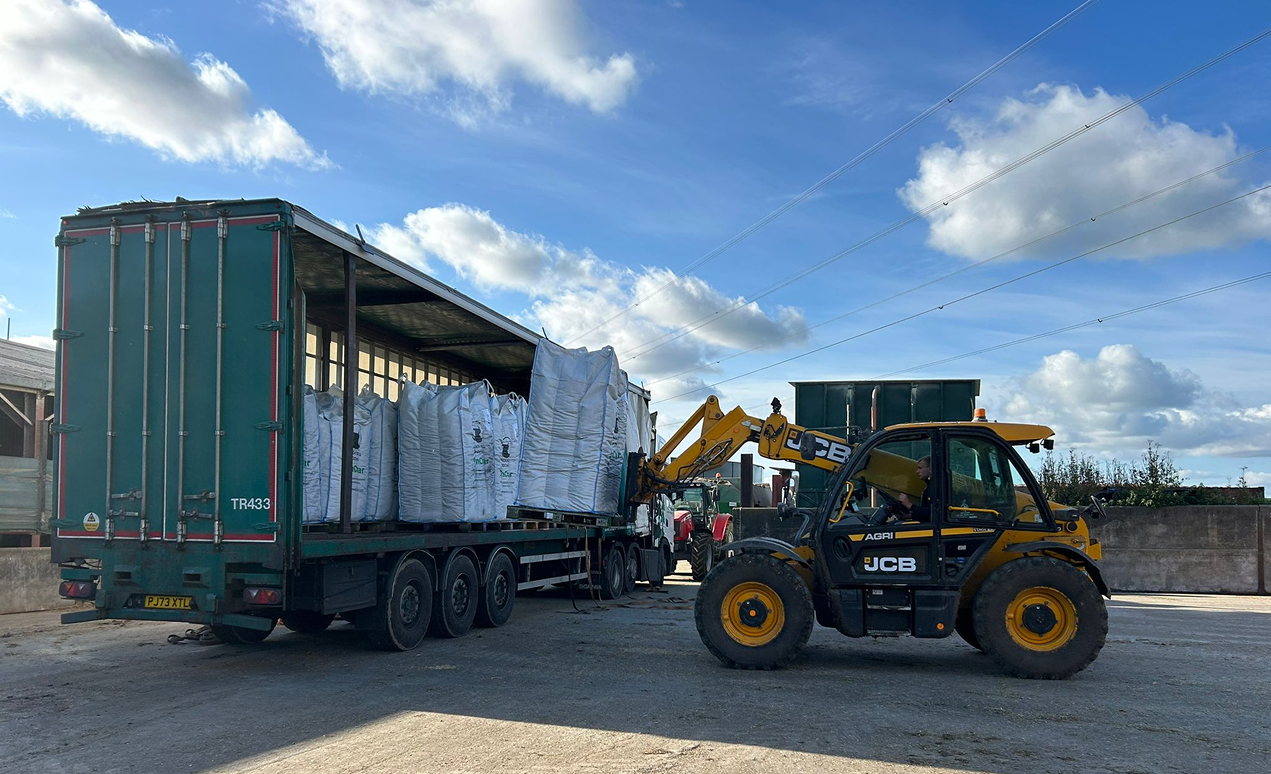Biochar in Grassland and Arable Systems: Year 2 Findings from Field Trials
At Black Bull Biochar, we’ve successfully completed the second year of our field trials, assessing the performance of our tailored biochar across both grassland and arable plots.
Biochar is a carbon-rich material produced by heating biomass in a low oxygen environment, resulting in a stable form of carbon. Throughout the trial, we used our own tailored PinChar product. While biochar has a range of potential uses, Pinchar is designed to enhance soil health, improve crop productivity, and increase nutrient retention. We specifically developed and tested this product in agricultural systems to maximise its effectiveness on farms.
These trials, carried out in collaboration with the UK Centre for Ecology & Hydrology (UKCEH) and Scotland’s Rural College (SRUC), were set up to evaluate how our biochar performs when co-applied with organic fertilisers in arable and grassland systems. Low application rates of under 1 tonne per hectare were used as we investigated the effects of biochar use on crop yield and soil properties.
This marked the second year of biochar treatment and field analysis. Encouragingly, we observed continued improvements even on plots that did not receive a second application of biochar, indicating that PinChar’s effects persist beyond a single season.
Key improvements were observed in the grassland plots — notably an 18% increase in yield, alongside measurable gains in soil organic carbon and pH. Similarly, arable plots showed strong results, with a pronounced increase in yield, which rose on average by 30% compared to untreated plots.


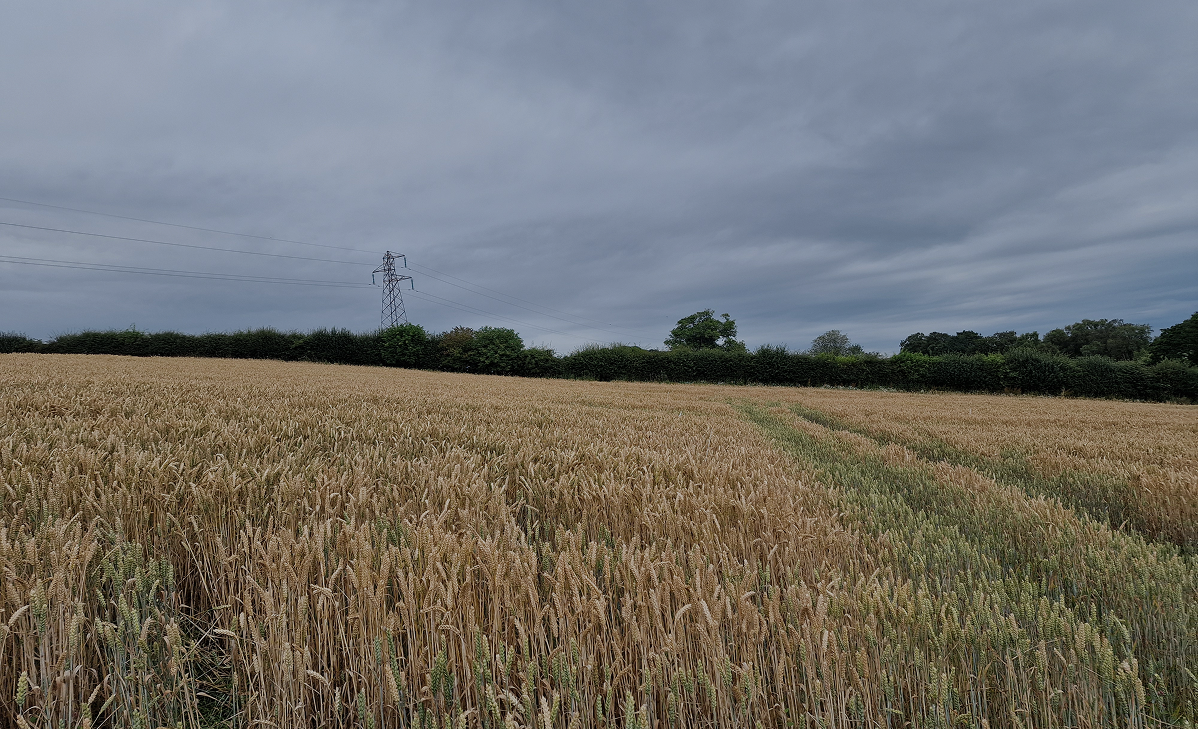
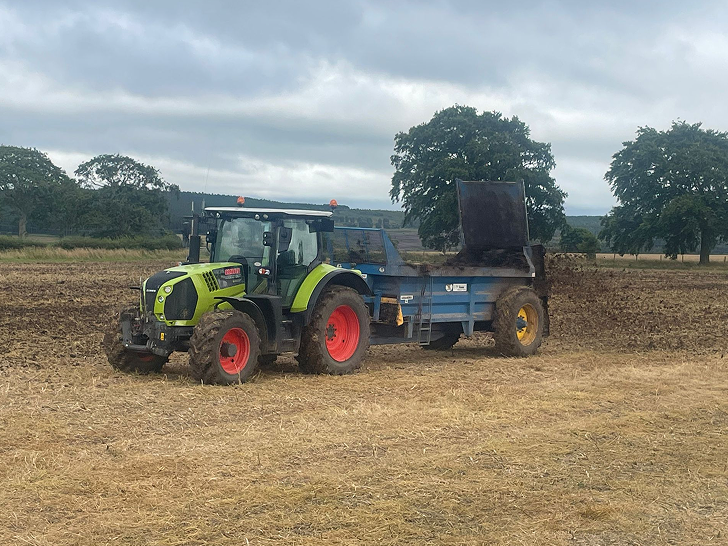
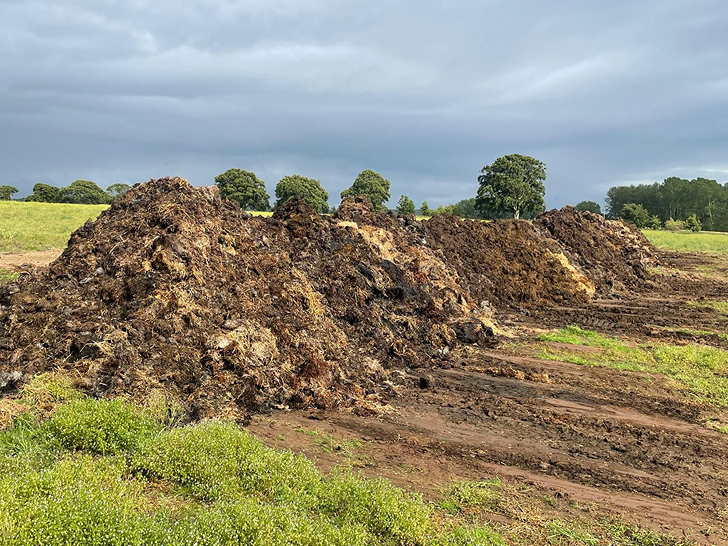
.gif)


